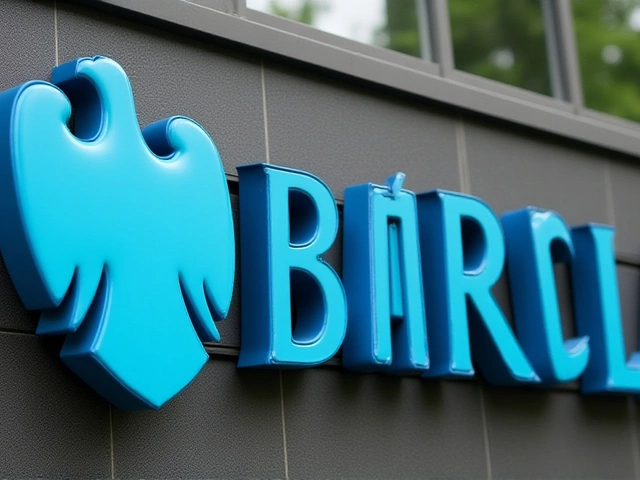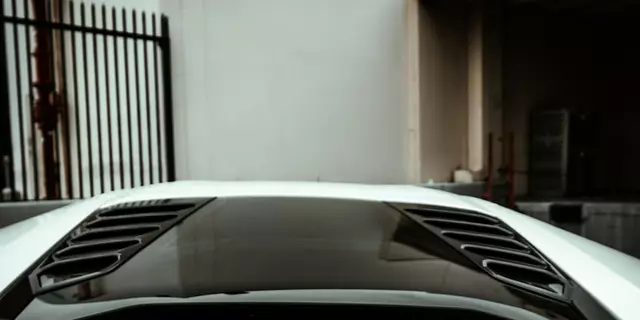Buying Your First Car: A Straight‑Forward Guide
So you’re ready to grab the keys to your own ride. It can feel exciting and a bit scary, but the process doesn’t have to be a headache. Below are real‑world steps you can follow right now to make the purchase smooth and smart.
Set a Realistic Budget and Stick to It
Start by figuring out how much you can actually spend. Add up your monthly income, bills, and any savings you have. Then decide on a comfortable payment amount – remember, the sticker price isn’t the only cost. Insurance, fuel, tax, and maintenance add up quickly. A good rule of thumb is to keep your car payment under 15 % of your take‑home pay.
If you need a loan, shop around for the best interest rate. Credit unions often beat big banks on rates, and a shorter loan term saves you money on interest. Don’t forget to factor in a small buffer for unexpected repairs.
Know What You Need – Not Just What Looks Cool
Make a list of features that matter to you: fuel efficiency, cargo space, tech gadgets, or maybe a manual transmission for fun drives. Prioritize safety ratings – check the Euro NCAP or IIHS scores for the models you like.
Think about where you’ll drive most of the time. City streets call for compact cars that park easily, while weekend trips might need a bit more power or room. Use this list to narrow down your search and avoid falling for flashy ads that don’t match your lifestyle.
When you’ve found a few candidates, read owner reviews on forums and watch short video walk‑arounds. Real owners will point out quirks you won’t see in a dealership brochure.
Inspect, Test‑Drive, and Verify
Never buy a car without a hands‑on look. Check the exterior for dents, rust, or mismatched paint. Inside, make sure the seats, buttons, and electronics work. If you’re buying used, bring a trusted mechanic for a quick inspection – a 30‑minute check can reveal hidden problems.
Take the car for a test drive on different road types. Listen for unusual noises, feel the brakes, and see how the steering responds. Pay attention to how the car feels at low speeds and on the highway. This is your chance to spot issues before signing anything.
Ask for the vehicle history report (like HPI check in the UK). It will tell you if the car has been in accidents, has outstanding finance, or has had its mileage tampered with.
Negotiate Like a Pro
Come prepared with the research you’ve done – know the market price, recent sales, and any discounts you qualify for (student, military, etc.). Start the negotiation a few percent lower than your max price and be ready to walk away if the dealer won’t meet your range.
Don’t get distracted by add‑ons like extended warranties or extra accessories unless you truly need them. Those can quickly inflate the total cost.
Seal the Deal and Stay Organized
Once you’ve agreed on a price, read every line of the contract. Verify that the agreed price, finance terms, and any promises (like a free service) are written down. Keep copies of the contract, receipt, and any warranty paperwork in a safe place.
Register the car in your name, arrange insurance, and set up a maintenance schedule. Even a cheap car benefits from regular oil changes and tire checks.
Buying your first car is a milestone, but it’s also a learning experience. Follow these steps, stay patient, and you’ll end up with a ride that fits your budget, needs, and style – without any nasty surprises down the road.
 31 July 2023
31 July 2023
Should you buy the first car you test drive?
Hold your horses, speed racer! Buying the first car you test drive can feel like love at first ride, but it's usually not the best move. There's a whole wide world of cars out there, just waiting for you to take them for a spin! Keep your options open, explore different models, and don't be shy to flirt with a few cars before you decide to commit. Remember, this ain't speed dating, it's a long-term relationship. So, take your time, play the field, and make sure you're getting the best ride for your buck!





0